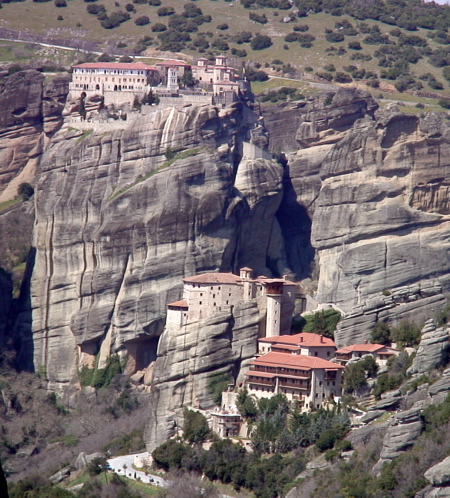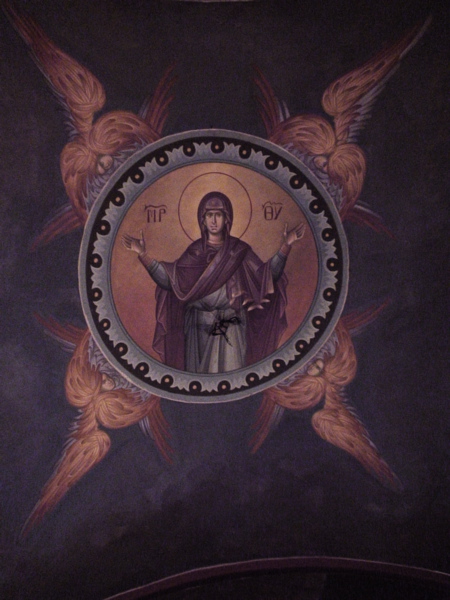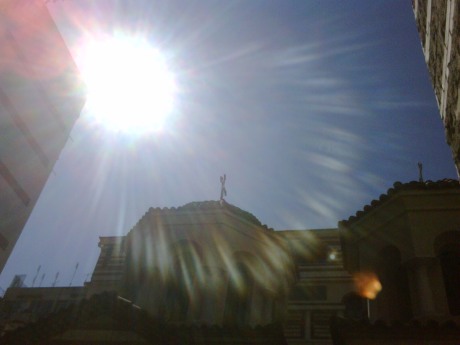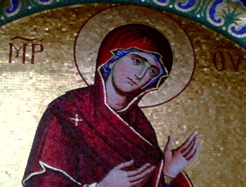“The intuitive life is one in which we feel continually connected to the divine source. It is a life in which we are at one with our true nature as it is in each moment, and a life in which we are in love with ourselves in the deepest possible way. It is a life in which we feel intimate with ourselves, and the divine, and therefore invite the most profound intimacy into our lives”
-Jennifer Posada, ‘The Oracle Within’




I am in Delphi, Greece, home of the ancient oracle of Delphi. It is said the God Zeus released two eagles from opposite ends of the earth, and they met here, in Delphi. The ancients considered this sacred place the center of the world, the place where heaven and earth meet. Where spirit meets matter. It was a place of worship of the earth goddess, Ge, or Gaia. In time it also became a place of prophecy, where the Pythia, the Delphic Oracles, would fall into ecstatic trances, pronouncing prophecies.
My journey here was to film for Redvolution:Dare to Disturb the Universe. One of the characters in the film is Jennifer Posada, a modern day Oracle, and author of the book, “The Oracle Within.” The interview we did with Jennifer, with co-director Sera Beak asking the questions, was one of the more powerful interview experiences of my life – and I have spoken to many extraordinary people. We did two interviews, one in which she spoke as an Oracle, allowing the divine feminine to speak through her, and a second where she spoke as Jennifer Posada. A tremendous ecstatic energy filled the room on the evening when she spoke as an Oracle. I could feel a moving presence, which was beyond words, which often moved me to tears. If you do get to see Redvolution one day, you will get a taste of the beauty of this interview.
She spoke of the era we’re in as the time of the Great Remembering, a time when we are called to return to our connection to each other, the planet and the divine. She spoke of the importance of learning to love ourselves, a key to unlocking our greatest powers. This is a realization that Jennifer has had all her life. As a child, she used to write little notes that said, “You love you.” This is not the self centered love of the ego, but the true love of the Self, of seeing and knowing and loving the divine spark within, which in turn allows you to truly love the divinity in others.
According to Jennifer, if we choose, we can all access the Oracle within. We can nurture the ability to deeply listen, to hear the deepest truths the universe is offering us.
In ‘The Oracle Within’ Jennifer writes, “We do not heal, we remember the healed state. We do not grow, we remember a different possibility. We do not change, we remember a new future. It is all already within us as potentiality, whether past or future, we are simply being called back or forward to our organic nature and remembering its essence. That nature is the palate of our lives and of our souls, from which masterpieces can be created. Especially once we realize that the brush is in our hands and the colors infinite”.



I have had my own inner voice for many years. It first came to me when I was still a teenager, a guide that emerged out of a spiritual crisis, and has stayed with me ever since. It has become a dependable source of guidance, my inner muse, my connection to the source, a voice which speaks to me whenever I call Him in. It is the voice of my authentic self. I call my inner voice Raven, the higher self to my personality self, which sometimes goes by the name Crow. Today He is more and more a continual presence. The spaces of forgetting who I truly am dissolving with divine time.
In Delphi, after most of my filming was done, I spent a day in the sanctuary of the Castilian Spring, meditating and listening in to the power of the place, Remembering. In particular, I wanted to hear from the earth goddess Gaia, the first to be worshipped here.
For decades, I have been very very aware of the state of crisis this planet is in. Much of my work as a spiritual activist is based around helping to heal the planet, the healing of a divided humanity, and the healing of our divided psyches. A return to wholeness. To holiness. At first the alarm bells we were ringing went largely unheeded. We were a tiny minority who could see what was coming. Today, despite the greater depths of the planetary crisis we are facing, I actually feel much more hopeful – because we are also experiencing an equally greater, widespread awakening of consciousness.
That afternoon in the flower filled sacred glade, entranced by the bubbling spring, I placed a statue of the earth goddess Gaia (which I had just bought in the town of Delphi at a shop owned by the lovely Constanine, a friend of Jennifers) in a little nook in the sanctuary wall, closed my eyes, and invited Her to speak. Much of what I heard and experienced that day was for me personally, alone, but some of it was also meant to be shared, for those who are open to these words. Just who was speaking that day? Was it really Gaia, or it was it just me? Or were there even more voices coming through – the wisdom of Raven, the wisdom of Her, and, in the spirit of inter-being, the wisdom of You.
This is some of what I heard….



Listen carefully
The time has come
To join in the dance
Of stones and stars
Of cells and silence
Of blood and water
Of music and movement
Of justice
Of life
We are here
Together
In this
Dance
The dance
Of interdependence
We are here together
To sing this song
The song
Of independence
Bring these truths
Together
Unity
Diversity
You
Me
Us
And let our many hearts
Beat a rythmn of
Harmony
Beauty is the way of this earth
You are of this place
Not seperate
Celebrate
Celebrate!
Not a breath has been wasted
Everything is here before you
For You
For Us
The time is now.
Remember who You are.
It’s never too late to start again.
The time is now.


If you look inside, you will discover everything you need. Do not let fear block you. Do not be afraid of those who will not understand you-it has always been so, it will always be so. Love them, as you love yourself. This is no time to be shivering in the shadow of limitation, not now. Cast off those false shackles, they are mere mist, vapor, dust, fog, mirage. They will burn away with the morning sun, when you let your true self shine. Layer upon layer, clear away the illusions, let your true heart free. Let your sun rise.
Take your heart, ruby red and stained by your imaginings of shame, and place it in these healing spring waters, and wash it clean-it is in fact unstained, can never be stained, but wash it nonetheless.


Now feel your roots go deep, deep into the earth, as deep as you can go, into the very core of this planet, until you reach a deep pool of fiery lava-a molten core of passion, of Love, that is bubbling inside this planet, inside your own interior universe, could you but know. Allow this force of fire, of pure unadulterated love, to flow up through your roots, into your being, towards the volcano that is your heart, and let it burst forth, blowing open the gates, letting your love fire burn, bright, bright, brighter still. Let nothing block that love from being released. This world needs you, loves you, loves your love. Don’t let it stay bottled up inside, release it from hiding, and let the healing begin. You are whole, You are healed, you are already perfect, even in your imperfection, especially in your imperfection, your blessed imperfection, you are perfect. It is never too late. Never too late. Never too late to shine.
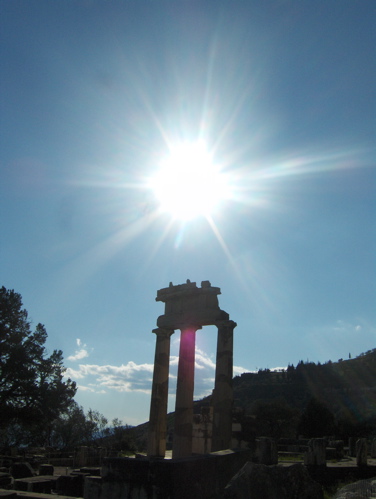
When I opened my eyes, I felt I was being watched. High above me on the cliff walls, a family of inquisitive goats stared down upon me, perhaps a visitation of that mischevious troublemaker, Pan, reminding me that’s it’s okay to have a skip in my step, a twinkle in my eyes, that it’s okay to be sexy, to be funny, to be a rebel for love, to have a merry crisis.

























